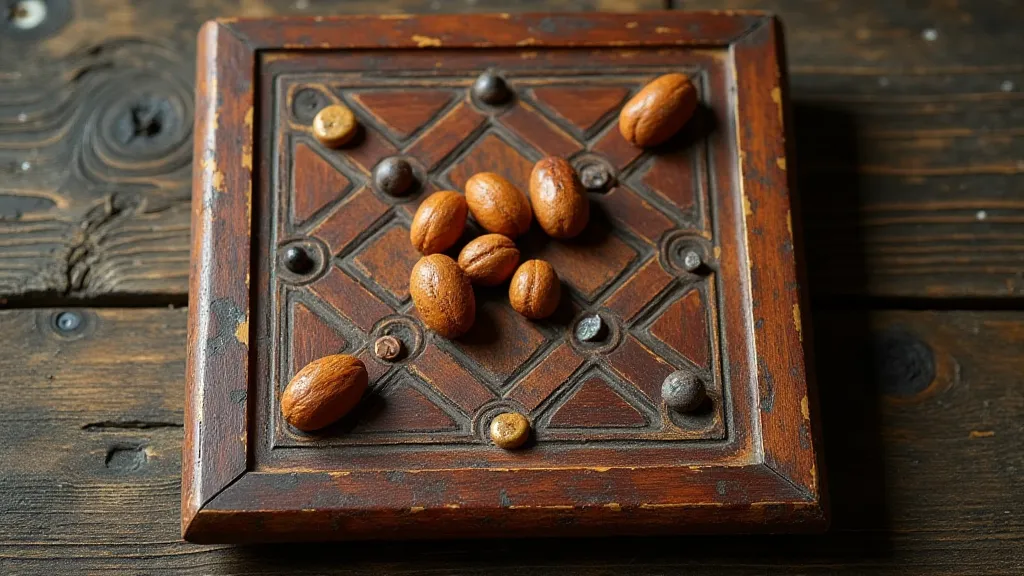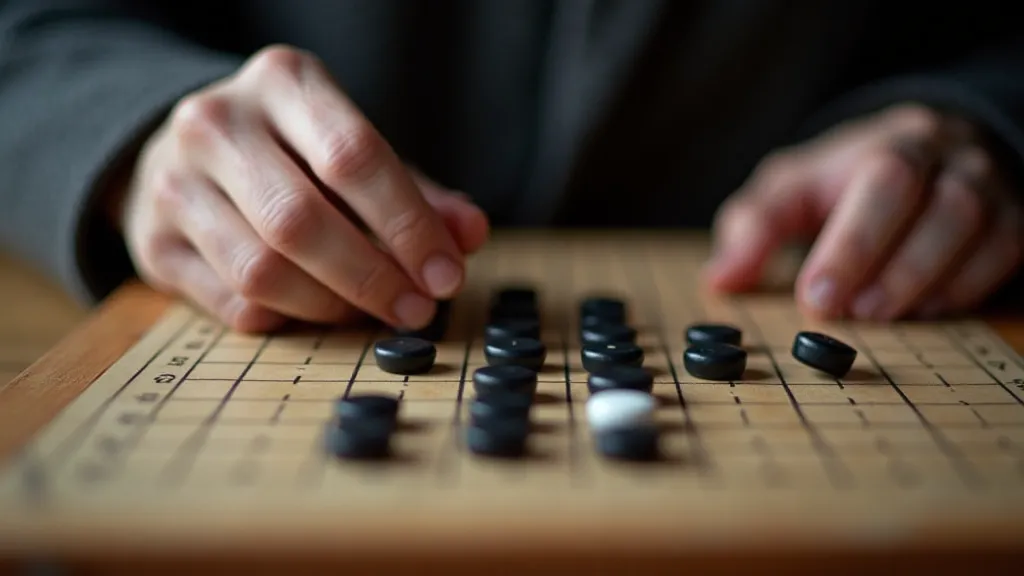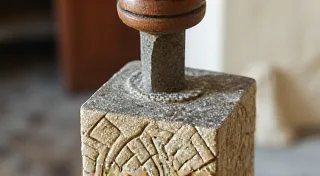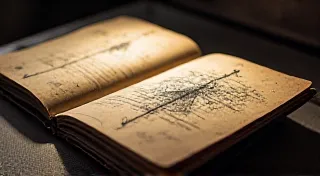The Storyteller’s Bones: Analyzing the Narrative Scaffolding of Abstract Board Games
We often think of board games as either sprawling, thematic epics – think Dungeons & Dragons or Arkham Horror – or simple, strategic puzzles. The narrative connection feels inherent; the story *is* the game. But what about the abstract games? The ones where the components are sleek, the rules elegant, and the theme… largely absent? Games like Go, Quoridor, or even a well-worn copy of Halma. Are they merely exercises in logical maneuvering, devoid of deeper meaning? I argue, passionately, that they are not. They possess a quiet, often overlooked narrative scaffolding – a structure built from subtle rules and spatial relationships that evoke something akin to story, even without words.
This realization came to me unexpectedly, in a place as unlikely as a dusty antique store in rural Vermont. I wasn’t searching for a vintage board game; I was hunting for an accordion. My grandfather, a taciturn man of few words, played the accordion, and the music—a melancholic waltz, a lively polka—was the soundtrack to my childhood. Each button, each reed, was a testament to an era of craftsmanship long gone. The air in the store hung heavy with the scent of aged wood and forgotten dreams. I ran my hand over the polished bellows of a particularly beautiful Hohner, the cool metal a tangible link to my past. It struck me then, in the quiet reverence of that space, that the accordion, much like an abstract board game, isn’t just a collection of parts. It’s a system of intricate relationships, each component crucial to the whole, capable of conveying a profound emotional resonance even without a pre-defined melody.

The Absence as a Presence
The power of an abstract board game lies, paradoxically, in what it *doesn't* tell you. A thematic game lays out the story; the narrative is a given. With abstract games, the narrative is born from the players' interaction with the system. Quoridor, for example, offers a deceptively simple premise: build walls to obstruct your opponent's path to the opposite side of the board. Yet, the struggle, the calculated aggression, the desperate gambits – these create a mini-drama, a silent battle of wills. Each strategically placed wall isn't just a barrier; it's a declaration, a provocation, a taunt. The “story” isn’t about knights and dragons, but about cunning, resilience, and the frustration of thwarted ambition.
Consider the elegant simplicity of Go. The rules are minimal – surround your opponent's stones to capture them, control territory. Yet, the game unfolds with a depth of strategy that has captivated players for millennia. The seemingly random placement of stones gradually coalesces into a complex web of influence, a silent narrative of territorial conquest and subtle maneuvering. The slow accumulation of points, the gradual erosion of an opponent's position – these moments create a palpable tension, a quiet story of strategic dominance.
Craftsmanship and the Echo of the Maker
This connection between abstract games and artistry extends beyond the rules themselves. The physical components – the wooden pieces, the printed board – often bear the mark of careful craftsmanship. An antique Halma board, for instance, might be made from exquisitely grained wood, the pieces carved with a precision that speaks to a time when objects were made to last. Holding such an object is to hold a tangible link to the past, to the hands that shaped it. You can almost feel the maker’s intention—a desire not just to create a game, but to create something beautiful, something enduring.
Restoring an antique board game is akin to restoring a piece of history. It's not simply about replacing missing pieces or patching worn edges; it’s about preserving the spirit of the original, respecting the craftsmanship of the maker. A carefully re-glued board, a lovingly hand-painted replacement piece—these aren’t just repairs; they're acts of reverence, attempts to recapture a vanished moment in time.

The Silent Conversation
Ultimately, the narrative scaffolding of abstract board games is built on the unspoken agreement between players. It’s the silent conversation that unfolds on the board, the constant negotiation of space and opportunity. Each move is a statement, a challenge, a response. Even in the absence of thematic content, a story emerges – a narrative of competition, frustration, triumph, and defeat. It's a story that is unique to each game, shaped by the players' interactions and the unpredictable flow of chance.
The beauty of these games lies in their ability to evoke emotion without relying on explicit storytelling. They’re like musical instruments—the accordion, perhaps—capable of conveying a wide range of feelings through the subtle interplay of form and function. They remind us that narrative isn’t limited to words and images; it can be found in the elegant simplicity of a well-designed system, in the tangible connection to the past, and in the silent conversation that unfolds on the board.
Beyond the Puzzle: Appreciating the System
Collecting vintage abstract games isn't simply about acquiring objects; it's about connecting with a lineage of design, a tradition of craftsmanship, and a shared human experience. It’s about appreciating the elegance of a system, the power of abstraction, and the enduring appeal of a well-made game. Perhaps, as we hold these relics in our hands, we can begin to understand the true depth of their narrative potential, and rediscover the quiet stories that lie dormant within their carefully arranged components.






